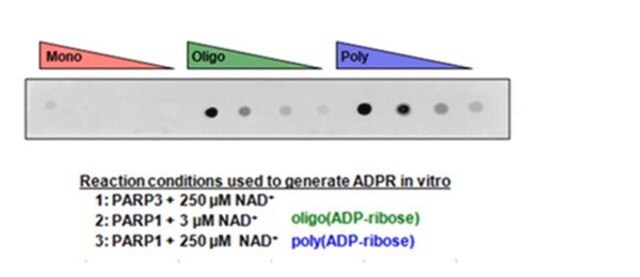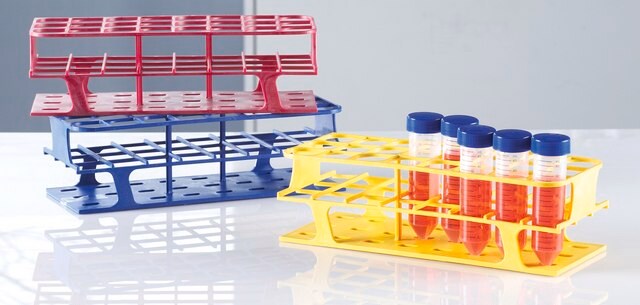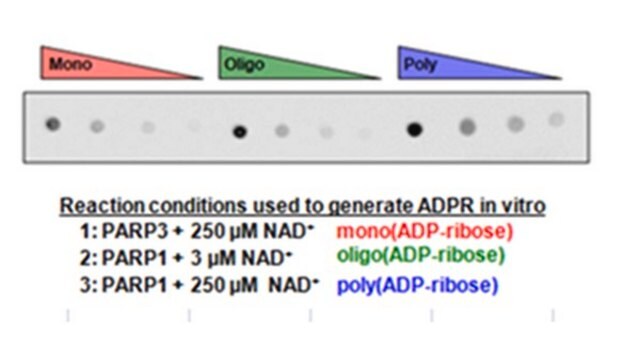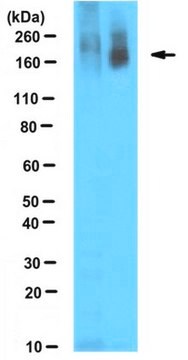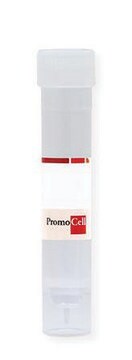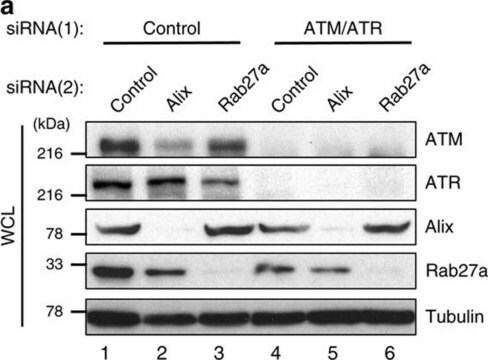MABE1076
Anti-mono- ADP-ribose binding reagent
from Escherichia coli
Synonym(s):
Binding Reagent
About This Item
Recommended Products
biological source
Escherichia coli
Quality Level
antibody form
affinity isolated antibody
antibody product type
primary antibodies
clone
monoclonal
species reactivity
human, mouse
packaging
antibody small pack of 25 μg
technique(s)
dot blot: suitable
western blot: suitable
shipped in
dry ice
target post-translational modification
unmodified
General description
Specificity
Application
Epigenetics & Nuclear Function
Dot Blot Analysis: A representative lot detected mono-,-ADP-ribose modified proteins.
Dot Blot Analysis: A representative lot detected mono-ADP ribosylated proteins. (Courtesy of Lee Kraus, University of Texas Southwestern Medical Center).
Western Blotting Analysis: A representative lot detected mono-ADP-ribose modified protein by Wester blotting (Courtesy of Lee Kraus, University of Texas Southwestern Medical Center).
Quality
Gel Electrophoresis Analysis: 0.5 µg of this binding reagent was analyzed on GEL Electrophoresis to test for purity.
Target description
Physical form
Storage and Stability
Other Notes
Disclaimer
Not finding the right product?
Try our Product Selector Tool.
Storage Class Code
12 - Non Combustible Liquids
WGK
WGK 2
Flash Point(F)
Not applicable
Flash Point(C)
Not applicable
Certificates of Analysis (COA)
Search for Certificates of Analysis (COA) by entering the products Lot/Batch Number. Lot and Batch Numbers can be found on a product’s label following the words ‘Lot’ or ‘Batch’.
Already Own This Product?
Find documentation for the products that you have recently purchased in the Document Library.
Our team of scientists has experience in all areas of research including Life Science, Material Science, Chemical Synthesis, Chromatography, Analytical and many others.
Contact Technical Service
